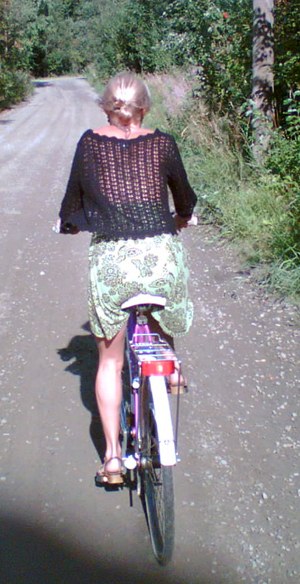Just spent a wonderful week playing with another flutist, Janet See, from Bainbridge Island (WA). This was the first time I got to play with another flute player on the West Coast. We had a great team for this concert: me, Janet, Nathan Whittaker on cello, and Margret Gries on harpsichord.
And a great menu too:
Telemann’s Quartet in D maj
Two Rondeaus from Hotterre’s Suite in B minor for two flutes,
J.S. Bach’s Prelude and Fugue in D maj for solo harpsichord and Trio Sonata in G maj for two flutes and continuo
W.F. Bach’s duet in G maj for two flutes
Galliard’s Sonata in F major for cello and basso continuo
Haydn’s London Trio in C maj for two flutes and cello
C.P.E. Bach’s Tro Sonata in D maj
I haven’t really worked with Janet before and have only known her for a few months, and she has 30 years or so more performing experience than me, but this project was another great example of how connecting through music goes beyond ages and background. Our collaboration felt completely seamless from the start, and we did not need to discuss any stylistic nuts and bolts. Which releases one’s energy completely to listening, spontaneity, musical interaction and enjoyment.
There is a vast amount of great Baroque music out there for two flutes, with and without continuo. This is for two reasons: flute was a popular instrument at the time and playing flute duets was a great way to make music together with your friend. But also, two baroque flutes together create a very special, congenial and conversational sound, and the composers knew and took advantage of this. In orchestral writing, this can be seen for instance in many arias by J. S. Bach, where the two flutes take turns, coming in and out, commenting, imitating and joining each other. This of course works the best, when the two players match in tone, style and expression. (Which, I believe and have been told, I and Janet did!)
Funnily enough, we discovered that this was the first time for both of us, that we played or had heard of a concert with this combination of instruments. I guess this programme would not work nearly as well on modern flutes, as the sound of the modern flute is so much more powerful and piercing and doesn’t blend the same way, and the sensuality can be lost in a buzz of two competing sounds. (Sorry if I sound judgemental!) Also, maybe even amongst the period instrument players, the flute players tend to be somewhat competitive by nature, and you don’t always find the kind of ‘equal partnership’ that this music calls for.
Of course, this concert wouldn’t have been the same without the inspiring playing and support from Nathan and Margret. I believe our audience was also sold to this special sonority. I look forward to the next time working with Janet, Nathan and Margret!
P. S. You can hear I and Janet together again in the concert of J. S. Bach’s Lutheran Mass, April 17th 7.30pm, St John the Divine Church, Victoria

